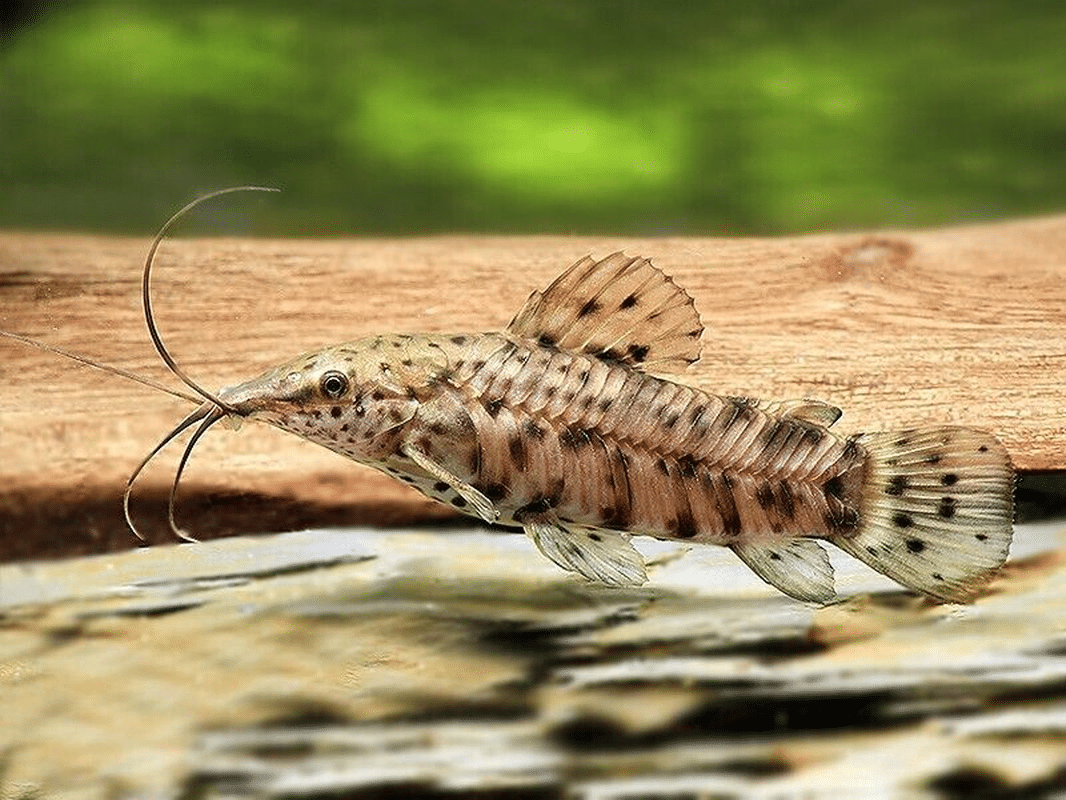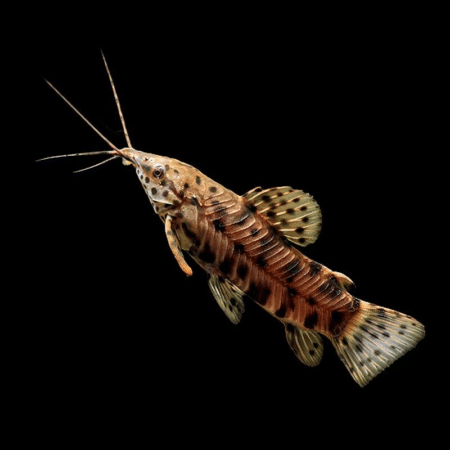To provide the best experiences, we use technologies like cookies to store and/or access device information. Consenting to these technologies will allow us to process data such as browsing behaviour or unique IDs on this site. Not consenting or withdrawing consent, may adversely affect certain features and functions.
The technical storage or access is strictly necessary for the legitimate purpose of enabling the use of a specific service explicitly requested by the subscriber or user, or for the sole purpose of carrying out the transmission of a communication over an electronic communications network.
The technical storage or access is necessary for the legitimate purpose of storing preferences that are not requested by the subscriber or user.
The technical storage or access that is used exclusively for statistical purposes.
The technical storage or access that is used exclusively for anonymous statistical purposes. Without a subpoena, voluntary compliance on the part of your Internet Service Provider, or additional records from a third party, information stored or retrieved for this purpose alone cannot usually be used to identify you.
The technical storage or access is required to create user profiles to send advertising, or to track the user on a website or across several websites for similar marketing purposes.
Assorted Colour Vampire Crab Geosesarma Sp 2-3Cm 1 × £8.71

 Assorted Colour Vampire Crab Geosesarma Sp 2-3Cm
Assorted Colour Vampire Crab Geosesarma Sp 2-3Cm 


















Emily Carter (verified owner) –
I am absolutely thrilled with my Spotted Hoplo catfish! After introducing him to my community tank about two months ago, he has quickly become a beloved member of the family. This freshwater fish is not only fascinating to watch, with its beautiful spotted patterns and playful nature, but it also helps keep the tank clean by scavenging for leftover food. I’ve noticed my other fish seem to thrive with him around, as he’s quite the character and brings a lively energy to the aquarium.
Compared to other catfish I’ve had, the Spotted Hoplo has a fantastic temperament—very peaceful and sociable. He prefers to stay near the bottom, which is perfect for my setup. Just a heads up: they appreciate hiding spots, so providing caves and plants is essential for their happiness.
Shipping was quick, and he arrived in great condition, which shows the vendor’s commitment to fish welfare. If you’re looking for an engaging and low-maintenance catfish for your aquarium, I highly recommend the Spotted Hoplo. They’re perfect for beginners and seasoned aquarists alike! Overall, a fantastic addition to my tank, and I would definitely purchase again!
Mike Thompson (verified owner) –
I’ve been keeping fish for over five years, and I can honestly say the Spotted Hoplo (Megalechis Thoracata) has become one of my favorite additions to my aquarium! I introduced two of these lovely catfish to my planted tank about a month ago, and they’ve thrived beautifully. Their peaceful nature makes them ideal community members, and I’ve noticed them getting along splendidly with my corydoras and plecos.
Not only are they easy to care for, but they also add a unique character to my tank with their charming spotted bodies and playful antics! I love that they spend their days exploring the substrate and nibbling on algae, keeping my tank looking pristine.
While they can be a bit shy at first, they soon become quite bold, especially during feeding time. Just make sure to provide plenty of hiding spots. The only minor issue I’ve encountered is that they appreciate slightly warmer water, so be mindful of your tank conditions.
Overall, I highly recommend the Spotted Hoplo for anyone looking to enhance their aquarium experience. They’re perfect for both beginners and seasoned aquarists! If you’re looking to create a vibrant, harmonious community tank, these little guys are a must-have!